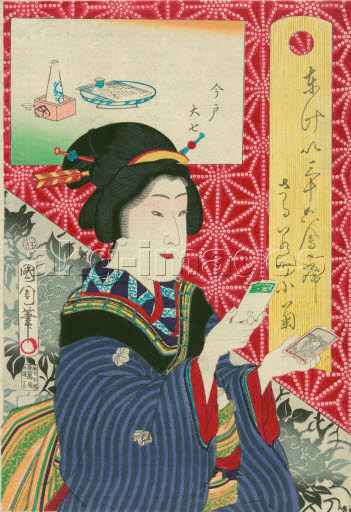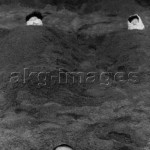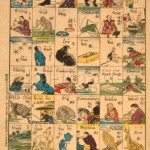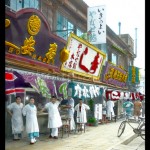Big in Japan
London is already a multi-cultural city, so no one bats an eyelid near our offices in Fulham, south-west London, at the sight of a group of Japanese tourists taking up most – if not all – of the pavement as they head, I assume, up the street to the King’s Road and on to Sloane Square. I’m also used to seeing hordes of Japanese tourists near Piccadilly Circus: on Lower Regent Street is a London branch of the Japanese department store Mitsukoshi right next door to the Japan Centre food shop where I go hen I need to stock up on miso paste, Japanese whisky and shichimi, battling past groups of Japanese tourists who use Mitsukoshi as a meeting point when out navigating London.
Despite all the tourists, and the influx of Japanese brands like Uniqlo and Muji alongside the already-established technology makers upon whom we all rely for our TVs and computers, Japan still feels utterly foreign to most westerners. Perhaps it’s the written language? But that can’t be it – although their writing system owes a lot to Chinese, it’s still a lot simpler and a lot more accessible than the Chinese from which it in part derives. Perhaps it’s because they are an island nation and history cut them off for so many centuries? That can’t be it either: Britain is an island nation too. Is it because they are a reserved nation? Well, ditto Britain, and that hasn’t stopped us spreading our influence far and wide!
Whatever it is that sets Japan apart from its neighbours, it makes Japanese culture and history all the more exciting to the non-Japanese. I am an unashamed Japanophile: from the cinema of Yasujiro Ozu to the manga of Naoki Urasawa, from my childhood obsession with origami to my current collection of furoshiki, from my attempts to master its language, filled with post-positional particles, to my guilty love of some of the multicolour excesses of J-pop (and if you’ve not experienced the weird world of Kyary Pamyu Pamyu you really should), I spend a lot of my time eating, reading and watching Japanese. I find it fascinating that Japan is absorb Western influences without losing any of their “Japaneseness”.
There was a fascinating exhibition at the Japan Society in New York recently looking at how Art Deco was received and reflected in Japanese culture. I couldn’t make it over to Manhattan to see it (sniff!) but the exhibition catalogue was astonishing: here were the clean lines and aesthetics of Art Deco mixed with the clean flat lines of Hiroshige. The effect of Western language on Japanese is fascinating: whereas the Académie Française has attempted to excise any Anglicisms from the French language (courriel instead of email and so on), Japanese seems to have made a strength of taking words from other languages and to assimilate them, Borg-like, into their own language. Not that this was an easy process: another of my obsessions, Stephen Sondheim, even wrote a kabuki musical about the Westernisation of Japan, but Japan seems to have managed to embrace globalisation whilst remaining separate and different.









